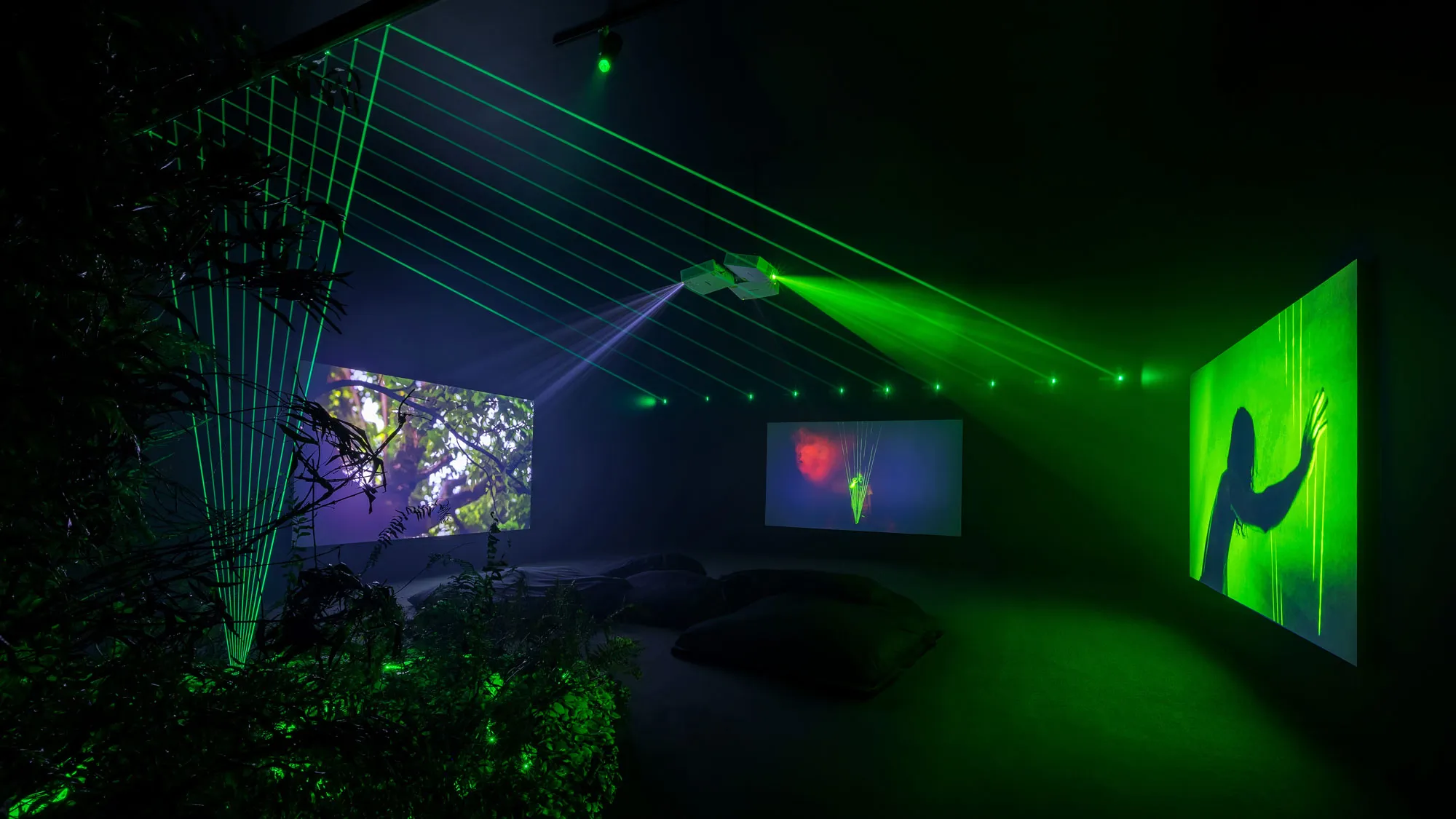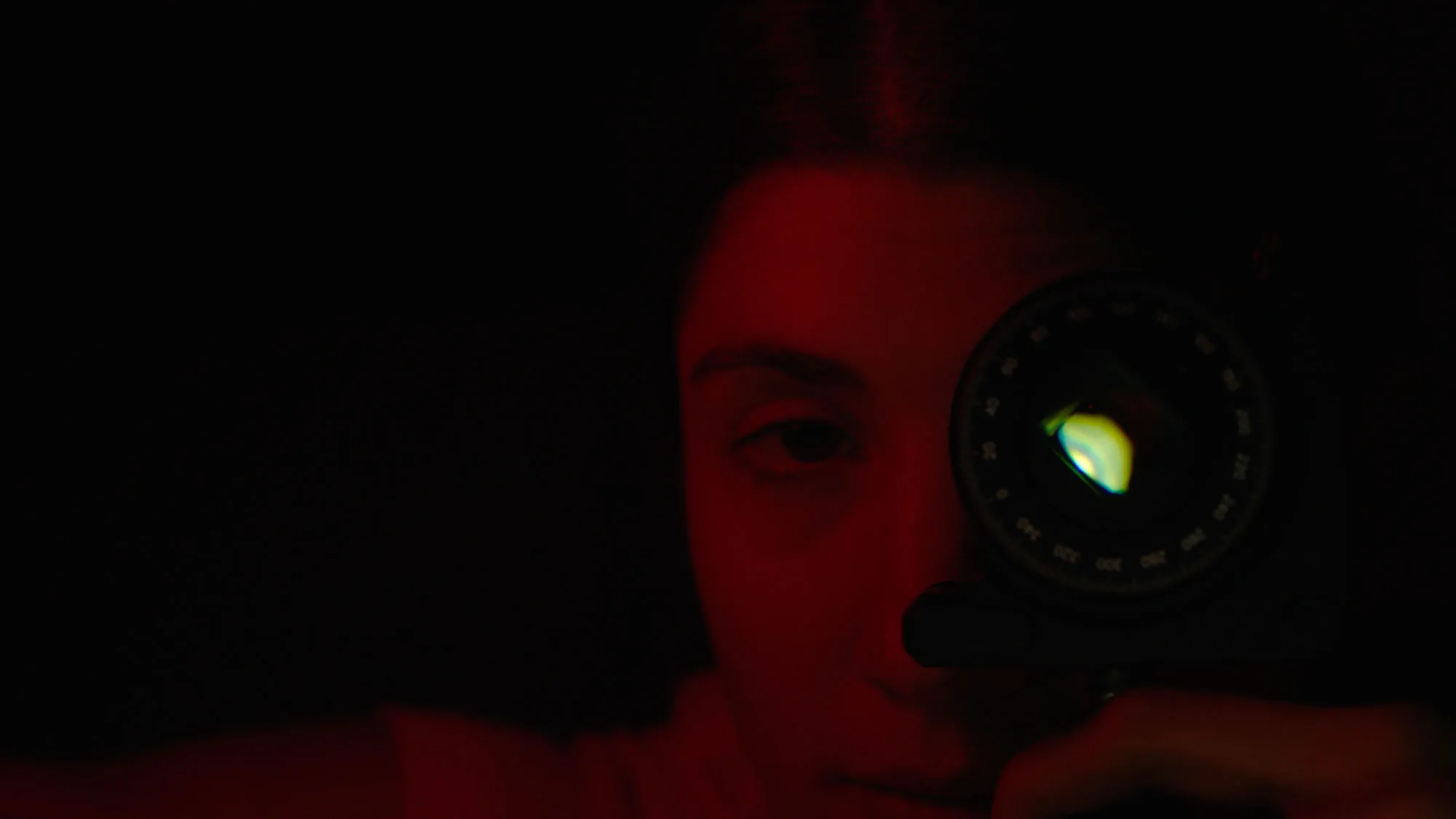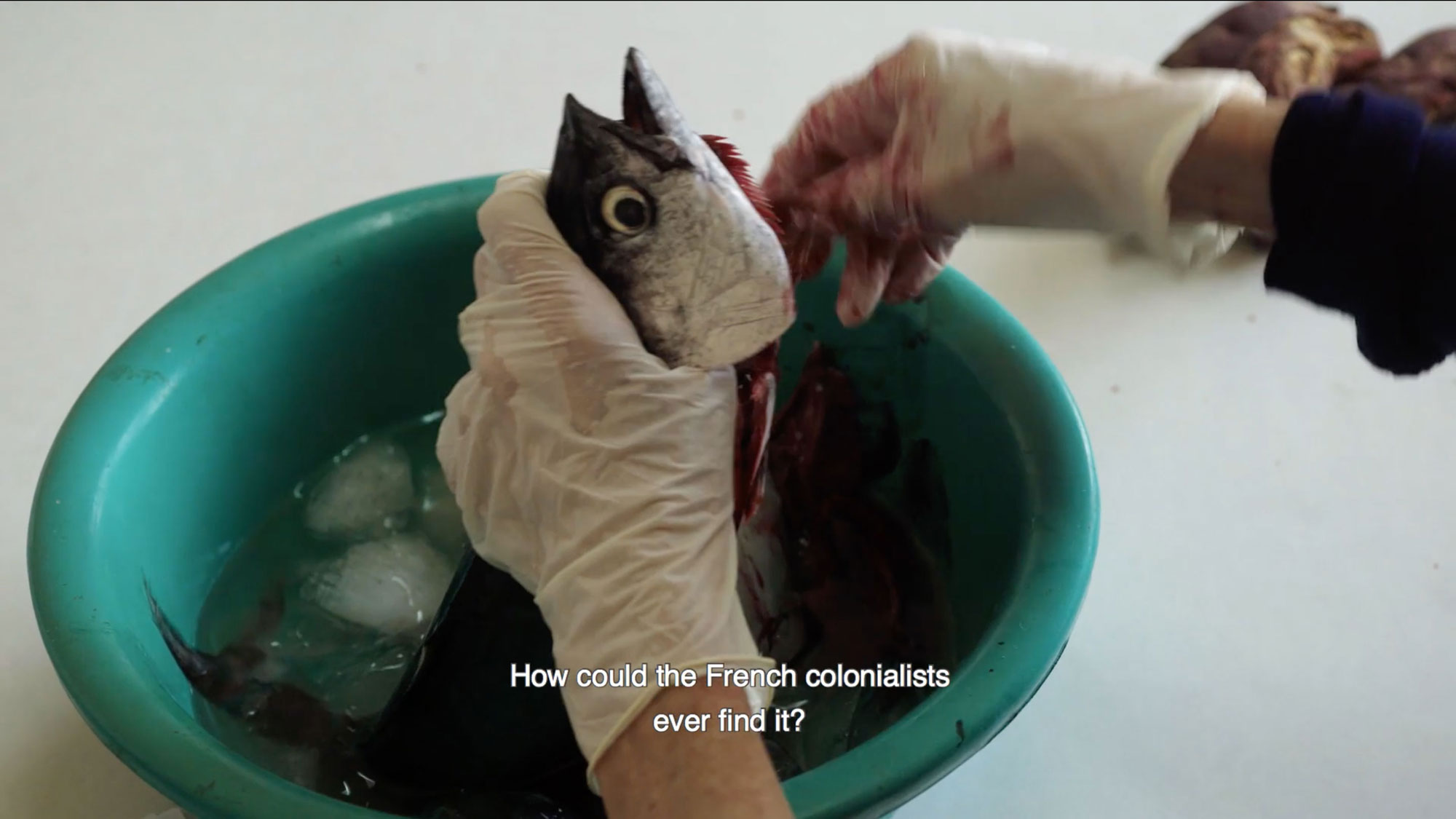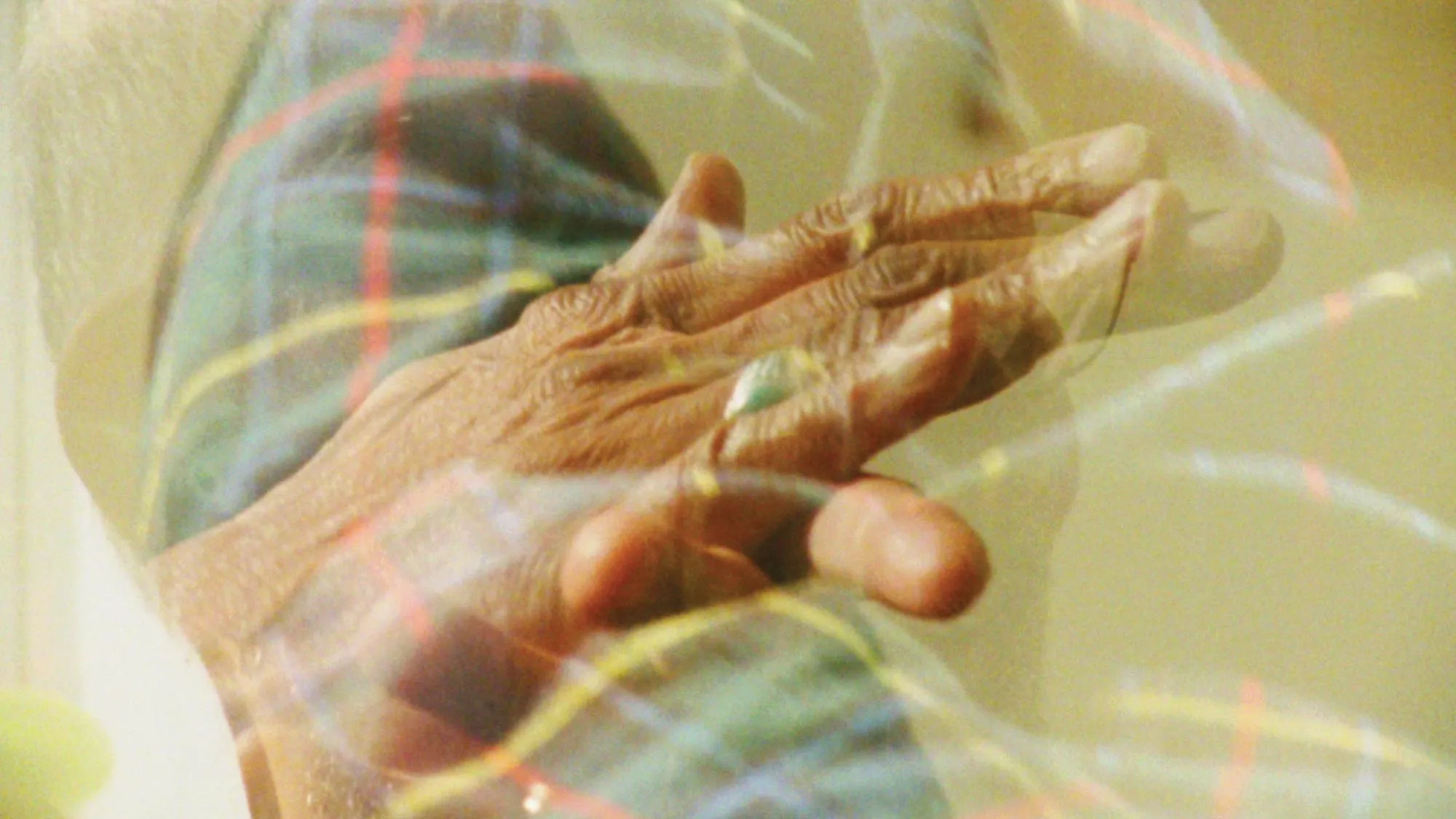In this program, Critical Intimacies: Feminist Imaginative Technologies, artist and filmmaker Thuy-Han Nguyen-Chi, together with writer and film/performance researcher Katie Kirkland, offer an experimental lecture through dialogue and the exchange of films and texts.
Nguyen-Chi and Kirkland explore the feminine and anti-colonial gaze across performance, video, and cinema. How can we practice critical intimacy within the realm of art, cinema, and theory, i.e. how can we de-construct and construct simultaneously? How can we transform tools of oppression into tools of liberation?
Focusing on feminist forms of resistance and re-enactment, kinship and transmission, Nguyen-Chi and Kirkland center on female artists and theorists with ancestry from East and Southeast Asia whose work grapples with legacies of Western imperialism.
As they discuss specific artistic and theoretical works by Theresa Hak Kyung Cha, Trinh T. Minh-Ha, Anocha Suwichakornpong, and others, they consider the use of hybridity to resist epistemic violence, cultivate self-reflexivity, and build critical intimacy.
Through this program, Nguyen-Chi also explores approaches and themes relevant to her work on the forthcoming film project Letter to the Father (working title), which will be co-produced by EMPAC.
Main Image: Thuy-Han Nguyen-Chi, Linger On Your Pale Blue Eyes, 2016, film still. Courtesy the artist.










